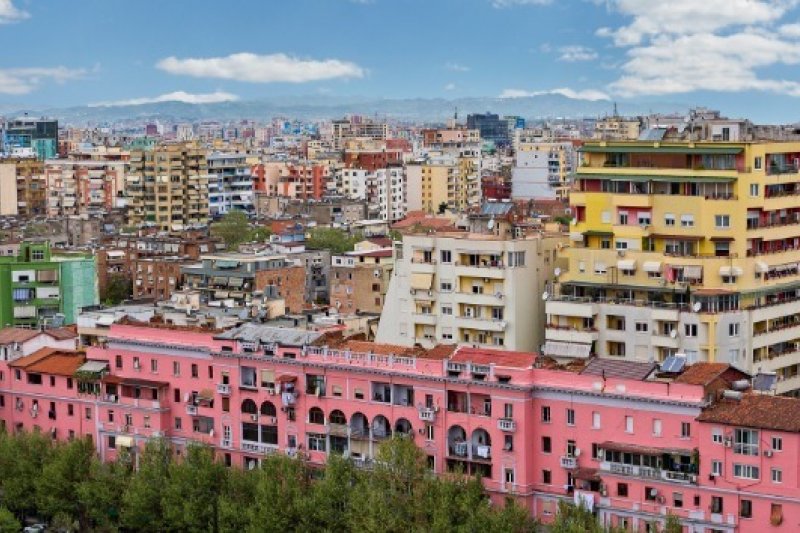42% of Tirana's Population Was Unemployed in 2022
For the first time, Tirana leads all 12 regions of the country for the high level of "laziness" of the population not active in the labor market (that is neither at work nor seeking to work).
INSTAT data show that in the last 3 months of 2022, the rate of inactivity in Tirana was 42 percent, leaving behind Lezha, which led the ranking for the inactive population in the labor market for many years.
During 2022, Tirana reflected the problems in the labor market. The high level of inactive population led to a low employment rate compared to the rest of the counties.
Although about 60 percent of economic activity is concentrated in the capital and around it, half of Tirana's population does not want to work even though some industries are suffering for employees.
Of the 12 regions of the country, after Tirana, Lezha, Dibra and Vlora have a high percentage of the population not active in the labor market with over 40%.
On the other hand, Berat, Korça and Elbasan have the lowest levels of the population not active in the labor market (see the graph below).
In the entire country, the inactive population at the end of 2022 was about 860 thousand people according to INSTAT, including all people who are not classified as employed or unemployed.
Inactive people, or out of the labor force, are people who are not working, nor looking for or wanting work because they are continuing school, retired or disabled, may be fulfilling household duties, or are not looking for work because they believe that they cannot find it.
The rate of inactivity outside the labor force is calculated by dividing the inactive population by the population of the same age group. This indicator is about 38% in 2022.
Both the active and the inactive population (outside the labor force) are part of the working age population. The labor force survey surveys the population aged 15 and over, which is the age when people can legally start working.
Albania has historically had a high level of inactive population in the labor market, as a result of the rapid demographic developments of the country and the lack of an economic model that was flexible in employment.
Problems in the labor market have been the biggest driver of immigration to the country, and now immigration has become a major problem for the labor market.
(Source: Monitor)













